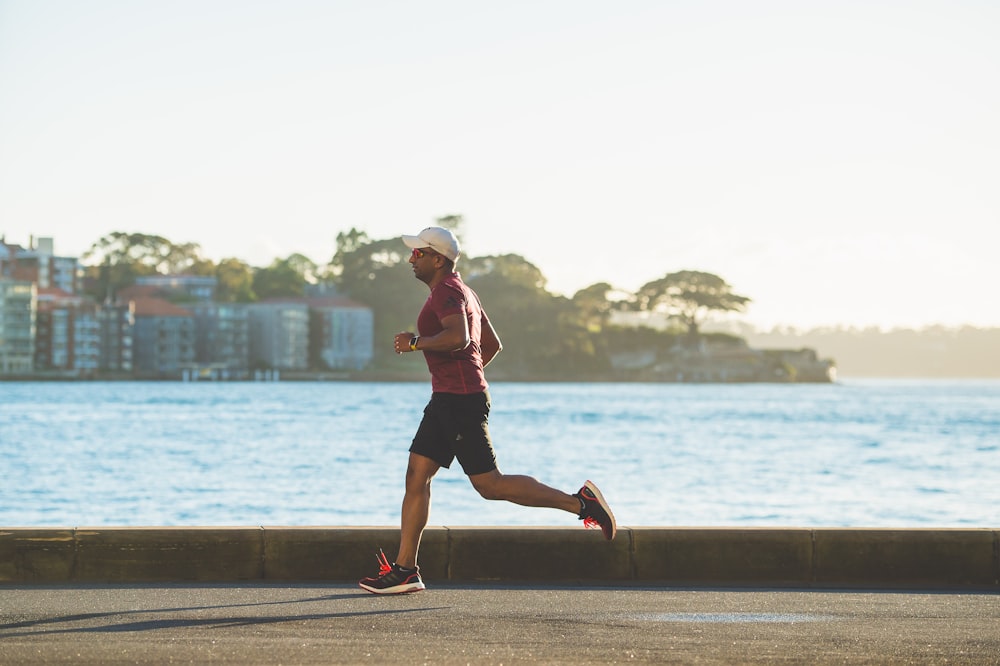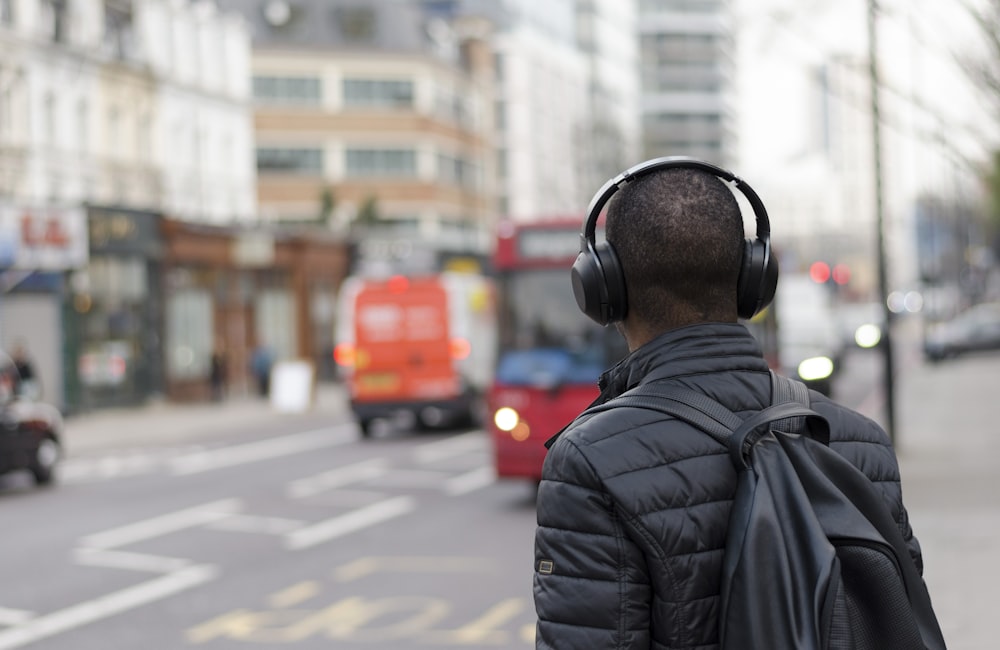
Once you decide you want to incorporate regular exercise into your routine, you’ll naturally wonder what the best time of day to exercise is. You’ve probably heard that you burn more fat or have an increased metabolism during certain times of the day. We’ll get to that, but no matter what time of day you exercise, the most important thing is that you do it.
You should choose a time of day that suits your schedule, and have more energy. Some people are natural early birds, and other people are night owls with much more energy later in the day.
There are perks to both morning and evening exercise, but we’ll help you figure out what suits you best.
Is it Better to Work Out in the Morning?
Your metabolism is better in the morning, so scientifically, it is good to work out in the morning. However, that’s not the only pro to working out in the morning. It also makes you feel mentally lighter and less anxious when you get your workout over with earlier. This way, the task is out of the way. If your goal is to exercise to get fit by summer, it’s best not to procrastinate your daily workout. You’ll enjoy your day much more if you get the exercise out of the way early.
Many people find that if they put off their workout or tell themselves they’ll work out “later”, they end up not working out at all. If self-discipline is for you, it’s probably best for you to start your day with your workout to avoid skipping it altogether.
Should You Work Out On An Empty Stomach?

You might burn more fat if you work out on an empty stomach, which is why so many fitness enthusiasts work out before they eat breakfast. Exercising on an empty stomach is known as fasted cardio. Instead of using energy from the food you’ve eaten recently as fuel for your workout, your body uses up stored fat and sugars, effectively burning more fat. Many fitness professionals adhere to the theory that your body is forced to use fat stores for fuel when in a fasted state.
If fat loss is your top priority (and an even higher priority than building muscle) then fasted cardio could be a good option for you. That being said, it doesn’t work for everyone, and many people find that they get the same results when they exercise in a non-fasted state.
Many fitness professionals support the theory of fasted cardio, but it remains a contested theory in the fitness world. Many fitness professionals believe you’ll get the same results whether you work out on an empty stomach or not.
You may use more fat for fuel in a fasted state (especially if you’re on the Keto diet and in ketosis), however, you’ll also do a much less intense workout in a fasted state. You simply won’t have the energy to do a good, high-impact workout in that fasted state. If you push yourself in a fasted state, you could get dizzy, lightheaded and faint.
Best Time of Day to Exercise: Afternoon Workouts
The afternoon workout is a popular choice because many people feel they have the most energy in the afternoon. They can therefore get a better workout and burn more calories as their endurance is higher. Scientifically, the afternoon workout makes sense as well, as our body’s temperature rises throughout the day, but actually peaks in the late afternoon. The higher your body temperature, the higher your performance at the gym. Why? A higher body temperature facilitates a range of motion, flexibility and muscle strength while reducing the chance of workout-related injuries. If you get injuries from exercising in a lower temperature state, you’ll end up having to skip workouts to recover.
Benefits of Exercising in the Evenings

You’re genetically prone to either be an early bird or a night owl. If your DNA test tells you that you’re more likely a night owl, opt to workout in the evening. Some people naturally have more energy in the evenings and are able to work out more intensely then.
It’s also quite common to have more free time in the evening, which means you have time to do longer workouts. This leads to burning more calories and doing more repetitions.
Another benefit of evening exercise is that flexibility, muscle strength and endurance is typically better later in the day, as your body temperature rises in the evening compared to being lower in the morning. This means that similar to afternoon workouts, evening workouts typically result in fewer injuries and higher performance.
If you’ve had a rough day, an evening workout is a great way to blow off some steam. For those of you with stressful jobs who need some sort of release at the end of the day, an evening workout will be a great habit to get into.
Squeezing Exercise into Your Schedule
For those with a busy schedule, the best time of day to exercise might be when there’s a break in your schedule. It’s not uncommon for people with 9-5 jobs to spend their lunch break working out. Later in the day, they might eat a sandwich at their desk, but their actual lunch hour is spent exercising. This is especially convenient for people who have after-work obligations and can’t spend their evenings exercising.
Multitasking While Exercising

Those of you who are busy might try to find ways to multitask during your workout. If you have to call a client, for example, you might try to go for a walk while taking the business call. Similarly, if for work or personal reasons, there’s an audiobook or podcast you need to listen to, listen to it while you work out. Multitasking while exercising makes people feel more productive, especially if they have a jam-packed schedule.
Best Time of Day to Exercise: The Bottom Line
The bottom line is that when it comes to exercise, performance matters, which means your energy levels matter. It’s up to you to figure out what time of day you have the most energy and can therefore perform a higher-intensity workout.
Some fitness professionals stand by the statement that you can burn more fat on an empty stomach. If weight loss is your goal, exercising before breakfast could be a good habit to get into. Just be sure to do a proper warm-up, as your body temperature is low in the morning. A warm-up will be necessary to avoid injuries and overly sore muscles. Jumping jacks, side shuffles and speed walks are all great warm-up exercises to start with.
Remember that fasted cardio can lead to dizziness or feeling faint. Listen to your body and stop if you feel shaky, lightheaded or dizzy. You may need to do a less intense workout if you’re in a fasted state. If you feel you’d get better results with a high-intensity workout, you might be better off exercising later in the day when you have more energy for such intensity.
In general, exercising at any time of day is a great accomplishment. The act of exercising in itself is much more important than the time of day you exercise. If you can figure out a way to add exercise into your daily routine, at the same time every day, you’ll quickly reap the benefits.
If you’re curious to find out what time of day you’re more likely to have the energy for exercise or wondering what your DNA says about your likelihood of being a morning lark or a night owl, take the Circle DNA Premium Test to find out.






